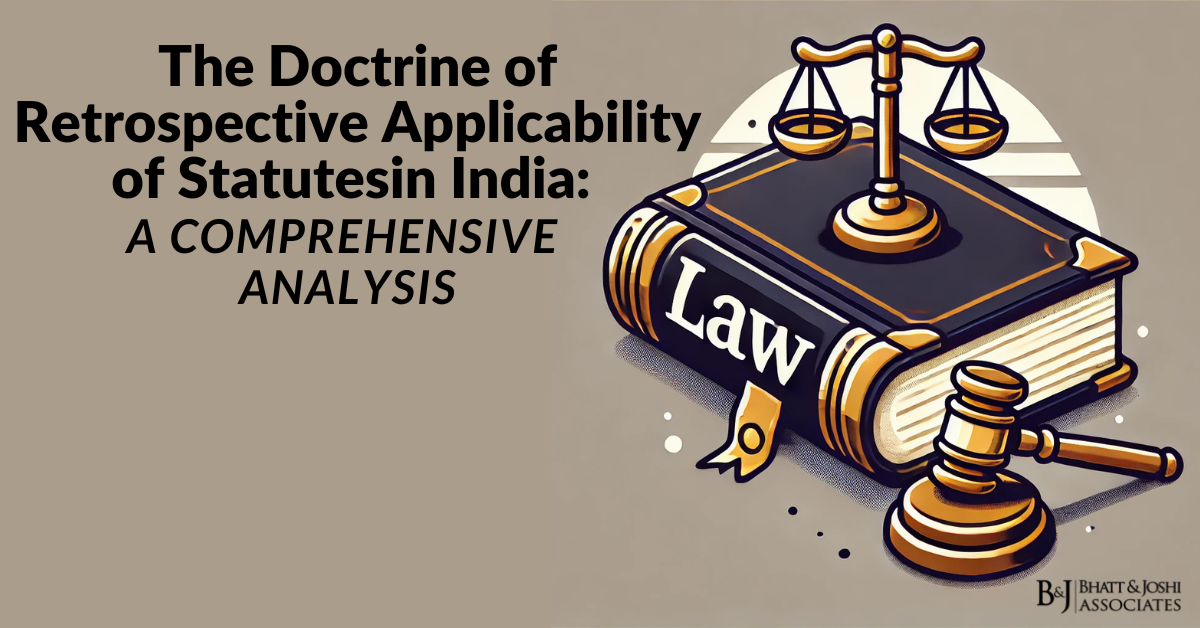Introduction
The growing impact of climate change has brought environmental challenges to the forefront of international legal discourse. With rising temperatures, melting glaciers, and increasing natural disasters, there is an urgent need for coordinated global action. International law has evolved significantly to address climate change, with the Paris Agreement of 2015 emerging as a landmark legal framework for global climate governance. This document sets binding commitments for parties to limit global temperature rise, enhance adaptation measures, and support developing countries in achieving climate goals. This article examines the Paris Agreement’s legal obligations, its implementation, and the challenges faced by the international community.
Historical Development of International Climate Agreements
The journey of international climate law began with the United Nations Framework Convention on Climate Change (UNFCCC) in 1992. As a legally binding treaty ratified by 197 countries, the UNFCCC established the principle of “common but differentiated responsibilities and respective capabilities” (CBDR-RC). This principle acknowledged the historical contributions of developed nations to global emissions and the varying capacities of countries to combat climate change.
Subsequent agreements, such as the Kyoto Protocol in 1997, introduced legally binding targets for greenhouse gas emissions, primarily for developed nations. However, the Kyoto Protocol faced criticism for its limited scope and lack of enforcement mechanisms. These shortcomings laid the groundwork for the Paris Agreement, which sought to create a more inclusive and flexible framework for climate action.
The Paris Agreement: Objectives and Legal Nature
Adopted in December 2015 during the 21st Conference of the Parties (COP21) to the UNFCCC, the Paris Agreement represents a collective effort to combat climate change. Unlike its predecessors, the Paris Agreement adopts a bottom-up approach, allowing countries to set their own nationally determined contributions (NDCs) to greenhouse gas reduction. This flexibility encourages broader participation and reflects the diversity of countries’ economic and social contexts.
The Agreement’s primary objective is to limit global temperature rise to well below 2°C above pre-industrial levels, with efforts to limit it to 1.5°C. To achieve this, the Agreement outlines three key obligations:
- Mitigation: Parties must submit NDCs every five years, detailing their plans to reduce emissions. These contributions should reflect “highest possible ambition” and progress over time.
- Adaptation: Countries are required to enhance their adaptive capacity to cope with climate impacts, ensuring sustainable development and resilience.
- Finance and Support: Developed countries must provide financial and technological support to developing nations, enabling them to meet their climate goals.
Enforceability and Legal Obligations Under the Paris Agreement
While the Paris Agreement is legally binding, its provisions vary in their enforceability. The obligation to submit and update NDCs is binding under international law; however, the content of NDCs and the achievement of targets remain non-binding. This approach reflects the political realities of global governance, emphasizing transparency and accountability over punitive measures.
The Agreement’s transparency framework requires countries to report progress on their NDCs, adaptation measures, and financial contributions. The information is subject to a technical expert review and multilateral consideration, fostering peer pressure and collective accountability. Although the framework lacks strict enforcement mechanisms, it relies on normative pressure and the reputational risks of non-compliance to drive action.
Major Challenges in Implementing the Paris Agreement
The implementation of the Paris Agreement faces several challenges, including inadequate ambition, financial constraints, and geopolitical tensions. Many NDCs are insufficient to meet the 2°C target, let alone the 1.5°C goal. According to the Intergovernmental Panel on Climate Change (IPCC), global emissions must decline by 45% from 2010 levels by 2030 to achieve the 1.5°C target. Current trajectories suggest a significant gap between commitments and required action.
Financial support remains a contentious issue, with developed countries falling short of the $100 billion annual target pledged under the UNFCCC. The COVID-19 pandemic further strained resources, highlighting the need for innovative financing mechanisms. Developing nations, particularly small island states and least developed countries, continue to demand greater assistance to address their disproportionate vulnerability to climate change.
Geopolitical dynamics also influence the effectiveness of the Paris Agreement. The withdrawal of the United States under the Trump administration in 2020 (later reversed under President Biden in 2021) underscored the Agreement’s reliance on political will. Ensuring sustained commitment from major emitters remains a critical challenge.
Role of International Courts and Tribunals
International courts and tribunals play an increasingly important role in interpreting and enforcing climate-related obligations. Recent cases, such as Urgenda Foundation v. The Netherlands (2019), have set significant precedents by holding governments accountable for inadequate climate action. In the Urgenda case, the Dutch Supreme Court ruled that the government’s failure to reduce emissions violated human rights under the European Convention on Human Rights (ECHR).
Similarly, the Human Rights Committee’s decision in Teitiota v. New Zealand (2020) recognized climate-induced displacement as a potential violation of the right to life, reinforcing the intersection of climate change and human rights law. These developments highlight the growing influence of judicial bodies in shaping climate governance.
Emerging Innovations and Future Pathways for Climate Action
The Paris Agreement continues to evolve through annual COP meetings, where parties negotiate and refine its implementation. The Glasgow Climate Pact, adopted during COP26 in 2021, emphasized the need for accelerated action, particularly in phasing down coal and enhancing climate finance. Emerging technologies, such as carbon capture and storage (CCS), renewable energy innovations, and nature-based solutions, offer new opportunities to achieve climate targets.
Regional and bilateral agreements also complement global efforts. For instance, the European Union’s Green Deal and China’s commitment to carbon neutrality by 2060 demonstrate the potential of targeted initiatives. Strengthening synergies between international and domestic laws will be crucial to overcoming challenges and enhancing the effectiveness of the Paris Agreement.
Conclusion
The Paris Agreement represents a landmark achievement in international climate law, reflecting a collective commitment to address one of the most pressing challenges of our time. While its legal framework provides a foundation for action, the effectiveness of the Agreement depends on the political will, financial resources, and innovative solutions of the global community. By fostering collaboration, accountability, and ambition, the Paris Agreement offers a pathway to a sustainable and resilient future. However, bridging the gap between commitments and action remains imperative to securing the planet’s future.














